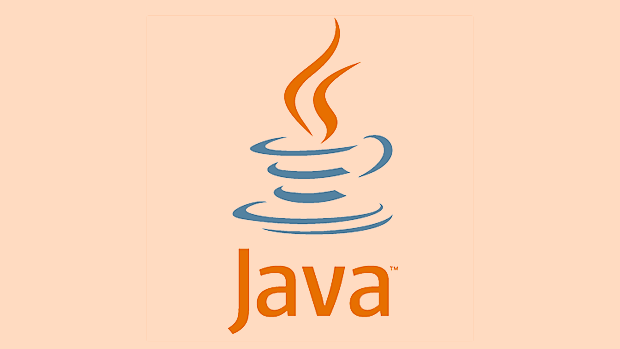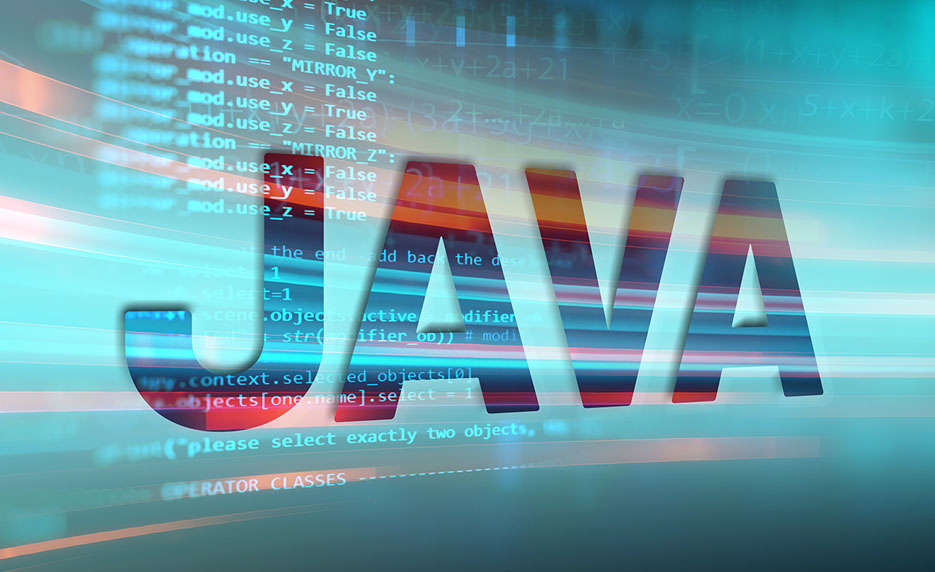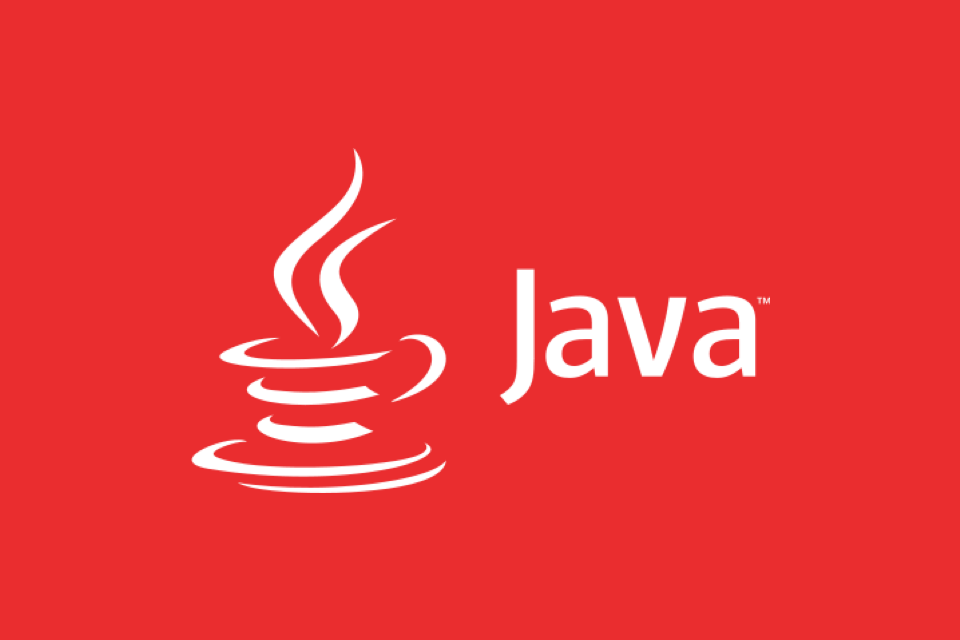Debugging and Troubleshooting Common Java Application Issues
Jul 26, 2025 am 08:04 AMCheck stack traces for exceptions, identifying root causes like null pointers or classpath issues. 2. Use profiling tools like VisualVM and analyze heap dumps to diagnose memory leaks and high CPU usage. 3. Inspect dependency trees with Maven or Gradle to resolve missing or conflicting JARs and verify packaged content. 4. Capture thread dumps via jstack to detect deadlocks or blocked threads, and use concurrent utilities properly. 5. Prevent resource leaks by using try-with-resources for database connections, files, and sockets, and monitor pool metrics. 6. Avoid environment mismatches by externalizing configuration, using profiles, and validating setups before deployment. Always use logs, JVM tools, and systematic testing to efficiently resolve Java application issues.

Debugging and troubleshooting Java applications is a critical skill for developers. Even well-written code can run into issues when deployed in different environments or under real-world loads. Here’s a practical guide to identifying and resolving some of the most common Java application problems.

1. Application Crashes or Throws Exceptions
When a Java application crashes or throws an exception, the first step is always to check the stack trace.
- Look at the full exception message and stack trace in the logs.
- Identify the root cause, not just the top-level exception (e.g., a
NullPointerExceptionmight be caused by a misconfigured bean or missing input). - Pay attention to line numbers and class names to locate the issue quickly.
Common examples:

-
NullPointerException: Often due to uninitialized objects or missing null checks. -
ClassNotFoundException/NoClassDefFoundError: Usually indicates missing JARs or classpath issues. -
OutOfMemoryError: Suggests memory leaks or insufficient heap space.
? Tip: Enable verbose logging early and use tools like Log4j or SLF4J with proper log levels to capture relevant context.
2. Performance Issues and High CPU/Memory Usage
If your application is slow or consumes excessive resources, it's time to profile.

Common causes:
- Memory leaks: Objects not being garbage collected due to lingering references (e.g., static collections, unclosed resources).
- Infinite loops or inefficient algorithms: Can spike CPU usage.
- Excessive object creation: Triggers frequent garbage collection (GC).
How to diagnose:
- Use VisualVM, JConsole, or Java Flight Recorder (JFR) to monitor memory, CPU, and GC activity.
- Take heap dumps (
jmap -dump:format=b,file=heap.hprof <pid></pid>) and analyze them with Eclipse MAT or JProfiler. - Check GC logs with flags like:
-XX: PrintGCDetails -XX: PrintGCDateStamps -Xloggc:gc.log
? Tip: Look for objects with high retention size or duplicate strings — they’re often clues to leaks.
3. Classpath and Dependency Issues
Missing or conflicting dependencies are common, especially in large projects using Maven or Gradle.
Symptoms:
NoClassDefFoundErrorNoSuchMethodErrorLinkageError
Solutions:
- Run
mvn dependency:treeorgradle dependenciesto inspect the dependency graph. - Look for version conflicts — two libraries pulling in different versions of the same dependency.
- Use dependency exclusions when necessary.
- Ensure the correct JARs are included in the build output (
target/orbuild/directory).
? Tip: Always verify the final packaged JAR/WAR using jar -tf your-app.jar to confirm required classes are present.
4. Threading and Concurrency Problems
Issues like deadlocks, race conditions, or thread starvation are tricky because they’re often intermittent.
How to detect:
- Use
jstack <pid>to get a thread dump. Look for:deadlockwarnings- Threads stuck in
BLOCKEDstate - Excessive waiting on monitors
- Reproduce issues using high-concurrency load testing.
- Use
synchronized,ReentrantLock, or concurrent collections appropriately.
Best practices:
- Avoid synchronizing large blocks of code.
- Use
java.util.concurrentutilities (e.g.,ConcurrentHashMap,ExecutorService). - Always close resources in
try-with-resourcesblocks to prevent leaks in multi-threaded contexts.
? Tip: Add timeouts to locks and blocking operations to avoid indefinite hangs.
5. Connection and Resource Leaks (DB, Files, Sockets)
Failing to close database connections, file handles, or network sockets leads to resource exhaustion.
Signs:
Too many open fileserror- Database connection pool exhaustion
- Application freezes under load
Prevention:
- Always use try-with-resources for
AutoCloseableobjects:try (Connection conn = dataSource.getConnection(); PreparedStatement stmt = conn.prepareStatement(sql)) { // use resources } // automatically closed - Monitor connection pool metrics (e.g., HikariCP logs active/idle connections).
- Set reasonable timeouts and pool size limits.
6. Environment and Configuration Differences
An app working locally but failing in production is often due to configuration mismatches.
Common pitfalls:
- Hardcoded paths or URLs
- Missing environment variables or JVM properties
- Different Java versions or security policies
Best practices:
- Externalize configuration using
.propertiesor.yamlfiles. - Use profiles (e.g., Spring profiles) for dev/staging/prod.
- Validate environment setup before deployment.
? Tip: Use -Djava.util.logging.config.file or -Dspring.config.location to control config loading.
Debugging Java issues doesn’t have to be guesswork. With the right tools and a systematic approach—checking logs, analyzing dumps, validating dependencies, and testing under realistic conditions—most problems can be resolved efficiently.
Basically, stay methodical, leverage JVM diagnostics, and automate checks where possible.
The above is the detailed content of Debugging and Troubleshooting Common Java Application Issues. For more information, please follow other related articles on the PHP Chinese website!

Hot AI Tools

Undress AI Tool
Undress images for free

Undresser.AI Undress
AI-powered app for creating realistic nude photos

AI Clothes Remover
Online AI tool for removing clothes from photos.

Clothoff.io
AI clothes remover

Video Face Swap
Swap faces in any video effortlessly with our completely free AI face swap tool!

Hot Article

Hot Tools

Notepad++7.3.1
Easy-to-use and free code editor

SublimeText3 Chinese version
Chinese version, very easy to use

Zend Studio 13.0.1
Powerful PHP integrated development environment

Dreamweaver CS6
Visual web development tools

SublimeText3 Mac version
God-level code editing software (SublimeText3)
 Differences Between Callable and Runnable in Java
Jul 04, 2025 am 02:50 AM
Differences Between Callable and Runnable in Java
Jul 04, 2025 am 02:50 AM
There are three main differences between Callable and Runnable in Java. First, the callable method can return the result, suitable for tasks that need to return values, such as Callable; while the run() method of Runnable has no return value, suitable for tasks that do not need to return, such as logging. Second, Callable allows to throw checked exceptions to facilitate error transmission; while Runnable must handle exceptions internally. Third, Runnable can be directly passed to Thread or ExecutorService, while Callable can only be submitted to ExecutorService and returns the Future object to
 Asynchronous Programming Techniques in Modern Java
Jul 07, 2025 am 02:24 AM
Asynchronous Programming Techniques in Modern Java
Jul 07, 2025 am 02:24 AM
Java supports asynchronous programming including the use of CompletableFuture, responsive streams (such as ProjectReactor), and virtual threads in Java19. 1.CompletableFuture improves code readability and maintenance through chain calls, and supports task orchestration and exception handling; 2. ProjectReactor provides Mono and Flux types to implement responsive programming, with backpressure mechanism and rich operators; 3. Virtual threads reduce concurrency costs, are suitable for I/O-intensive tasks, and are lighter and easier to expand than traditional platform threads. Each method has applicable scenarios, and appropriate tools should be selected according to your needs and mixed models should be avoided to maintain simplicity
 Best Practices for Using Enums in Java
Jul 07, 2025 am 02:35 AM
Best Practices for Using Enums in Java
Jul 07, 2025 am 02:35 AM
In Java, enums are suitable for representing fixed constant sets. Best practices include: 1. Use enum to represent fixed state or options to improve type safety and readability; 2. Add properties and methods to enums to enhance flexibility, such as defining fields, constructors, helper methods, etc.; 3. Use EnumMap and EnumSet to improve performance and type safety because they are more efficient based on arrays; 4. Avoid abuse of enums, such as dynamic values, frequent changes or complex logic scenarios, which should be replaced by other methods. Correct use of enum can improve code quality and reduce errors, but you need to pay attention to its applicable boundaries.
 Understanding Java NIO and Its Advantages
Jul 08, 2025 am 02:55 AM
Understanding Java NIO and Its Advantages
Jul 08, 2025 am 02:55 AM
JavaNIO is a new IOAPI introduced by Java 1.4. 1) is aimed at buffers and channels, 2) contains Buffer, Channel and Selector core components, 3) supports non-blocking mode, and 4) handles concurrent connections more efficiently than traditional IO. Its advantages are reflected in: 1) Non-blocking IO reduces thread overhead, 2) Buffer improves data transmission efficiency, 3) Selector realizes multiplexing, and 4) Memory mapping speeds up file reading and writing. Note when using: 1) The flip/clear operation of the Buffer is easy to be confused, 2) Incomplete data needs to be processed manually without blocking, 3) Selector registration must be canceled in time, 4) NIO is not suitable for all scenarios.
 How Java ClassLoaders Work Internally
Jul 06, 2025 am 02:53 AM
How Java ClassLoaders Work Internally
Jul 06, 2025 am 02:53 AM
Java's class loading mechanism is implemented through ClassLoader, and its core workflow is divided into three stages: loading, linking and initialization. During the loading phase, ClassLoader dynamically reads the bytecode of the class and creates Class objects; links include verifying the correctness of the class, allocating memory to static variables, and parsing symbol references; initialization performs static code blocks and static variable assignments. Class loading adopts the parent delegation model, and prioritizes the parent class loader to find classes, and try Bootstrap, Extension, and ApplicationClassLoader in turn to ensure that the core class library is safe and avoids duplicate loading. Developers can customize ClassLoader, such as URLClassL
 Exploring Different Synchronization Mechanisms in Java
Jul 04, 2025 am 02:53 AM
Exploring Different Synchronization Mechanisms in Java
Jul 04, 2025 am 02:53 AM
Javaprovidesmultiplesynchronizationtoolsforthreadsafety.1.synchronizedblocksensuremutualexclusionbylockingmethodsorspecificcodesections.2.ReentrantLockoffersadvancedcontrol,includingtryLockandfairnesspolicies.3.Conditionvariablesallowthreadstowaitfor
 Handling Common Java Exceptions Effectively
Jul 05, 2025 am 02:35 AM
Handling Common Java Exceptions Effectively
Jul 05, 2025 am 02:35 AM
The key to Java exception handling is to distinguish between checked and unchecked exceptions and use try-catch, finally and logging reasonably. 1. Checked exceptions such as IOException need to be forced to handle, which is suitable for expected external problems; 2. Unchecked exceptions such as NullPointerException are usually caused by program logic errors and are runtime errors; 3. When catching exceptions, they should be specific and clear to avoid general capture of Exception; 4. It is recommended to use try-with-resources to automatically close resources to reduce manual cleaning of code; 5. In exception handling, detailed information should be recorded in combination with log frameworks to facilitate later
 How does a HashMap work internally in Java?
Jul 15, 2025 am 03:10 AM
How does a HashMap work internally in Java?
Jul 15, 2025 am 03:10 AM
HashMap implements key-value pair storage through hash tables in Java, and its core lies in quickly positioning data locations. 1. First use the hashCode() method of the key to generate a hash value and convert it into an array index through bit operations; 2. Different objects may generate the same hash value, resulting in conflicts. At this time, the node is mounted in the form of a linked list. After JDK8, the linked list is too long (default length 8) and it will be converted to a red and black tree to improve efficiency; 3. When using a custom class as a key, the equals() and hashCode() methods must be rewritten; 4. HashMap dynamically expands capacity. When the number of elements exceeds the capacity and multiplies by the load factor (default 0.75), expand and rehash; 5. HashMap is not thread-safe, and Concu should be used in multithreaded






